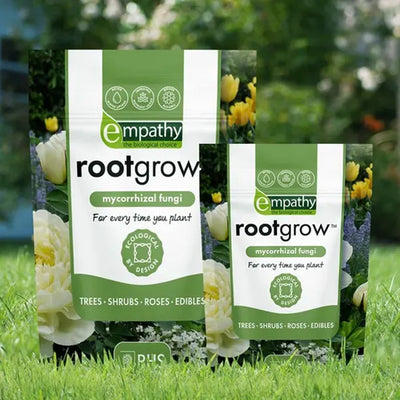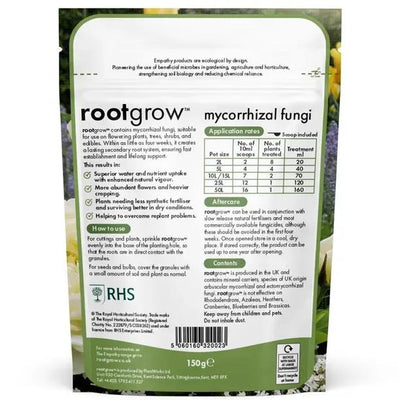Paper-Bark / White Birch Saplings
-
Use: Specimen tree, screening, woodland planting
- Not suitable for hedging
-
Height: Up to 25m
-
Growth: Fast. Narrow, upright habit
-
Soil: Most fertile soils except chalk
-
Light: Full sun
-
Type: Deciduous tree
-
Species: Betula papyrifera
-
Bareroot Delivery Only: Nov-March
Appearance, Growth & Uses
Paper Birch develops highly ornamental bark with age. The bark of young trees starts off ruddy brown, then after about 5 years matures to pale grey-white and begins its characteristic peeling, revealing mild orange-pink tints underneath.
The autumn leaves are deep, warm orange that contrasts beautifully with the pale bark.
The habit's tidy, narrow and upright, suitable for medium-sized gardens where space is at a premium.
Paper Birch isn't suitable for clipped hedging but works excellently as a screening tree, reaching up to 25 metres.
The upright nature and relatively narrow spread make it ideal where height is needed without excessive width.
Features
Growing Conditions
-
Soil: Most fertile soils except chalk
-
Light: Full sun required
-
Moisture: Prefers moist, damp sites
-
Avoid: Chalky soils, shade, exposed windy locations
-
Maintenance: Very tough, avoid pruning if possible
-
Hardiness: Hardy but needs shelter from strong winds
Grows on most soils and particularly likes damp sites near water. Requires close to full sun to develop properly.
Not ideal for exposed locations where it'll be shaped by strong winds.
Won't thrive in shady or chalky sites.
If the soil is sandy, dry, and poorly fertile, mulch well every year.
Garden Design Ideas
Perfect as a specimen tree where the ornamental bark can be appreciated year-round, particularly where it receives the low winter sunlight.
Excellent for waterside plantings, where the reflection of the white bark in water creates striking visual effects.
Plant in groups of 3-5 for woodland-style plantings, spacing them to allow individual character to develop while creating a cohesive grove effect.
In terms of its form, the native Silver Birch is more graceful, but the Paper Birch keeps its white bark up to a much greater trunk width.
History & Trivia
The oily, waterproof bark was used extensively by the Native Tribes for a wide range of products, including roofing, canoes, and baskets. The wood is flexible and quite strong, so it was great for spears and sleds.
It's good firewood and well suited to smoking fish, but it's best to season it for a couple of years to reduce the amount of tar that it produces. It burns hot. The bark is also handy for tinder.
Common Names: Paperbark Birch, Canoe Birch, American White Birch








 Secure, One-Tap Checkout
Secure, One-Tap Checkout
 Hand Picked, Delivered to Your Door!
Hand Picked, Delivered to Your Door! 1 Year Bareroot Guarantee
1 Year Bareroot Guarantee



















